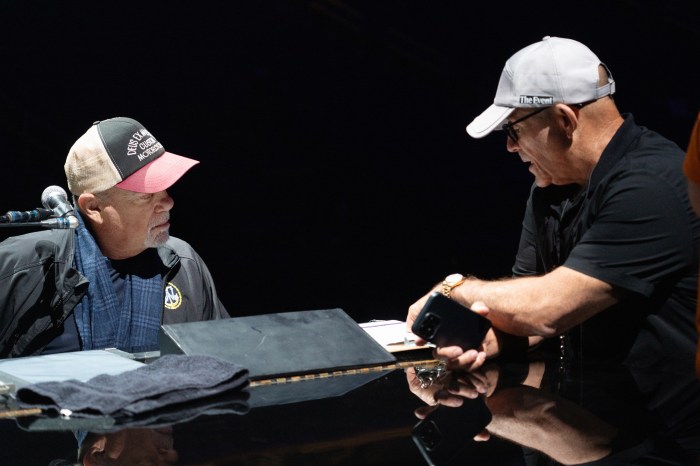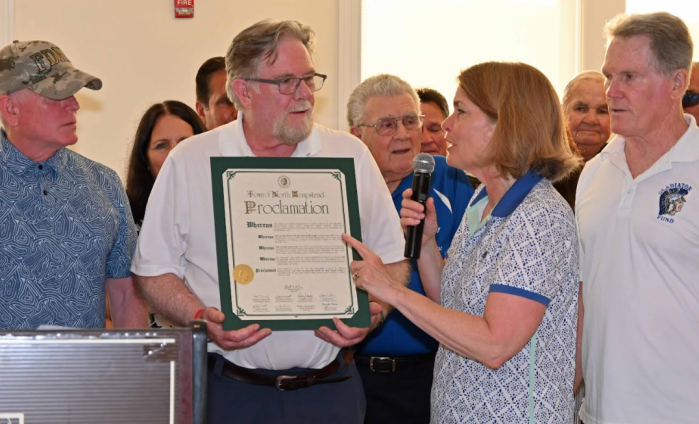 As the nation enters the busy holiday season, the U.S. Consumer Product Safety Commission (CPSC) is issuing a reminder about toy safety.
As the nation enters the busy holiday season, the U.S. Consumer Product Safety Commission (CPSC) is issuing a reminder about toy safety.
“Toy safety continues to be a top priority for CPSC, especially during this season of gift giving,” said CPSC acting chairman Ann Marie Buerkle.
A new report released recently by CPSC estimates there were 174,100 toy-related emergency department-treated injuries and seven deaths in 2016 to children younger than 15. Riding toys, specifically nonmotorized scooters, were the toy category associated with the most injuries and nearly half of toy-related deaths. All of the riding toy deaths were due to motor vehicle involvement. Most of the injuries involved cuts and bruises to the head and face.
CPSC has the most stringent toy safety standards in the world and works hand-in-hand with the U.S. Customs and Border Protection (CBP) at the nation’s ports to stop dangerous toys from entering the U.S. In fiscal year 2017, there were more than 745,000 toys seized at the ports for violating toy standards. Nearly 360,000 toys with lead were seized. Because of the collaborative work with CBP, these violative products never made it onto store shelves and were kept out of consumers’ homes.
In fiscal year 2017, CPSC issued 28 toy recalls. Toys were recalled for defects including choking, mechanical hazards and fire hazards that can injure a child. Consumers should always check their homes and toy boxes for previously recalled toys.
CPSC, along with Kids In Danger and the Toy Association, is urging consumers to follow age recommendations on packaging.
“It is so important to have a strong agency such as CPSC working to keep dangerous toys off store shelves and online marketplaces,” said Nancy Cowles, executive director of KID (Kids In Danger). “Families can help keep children safe by reporting safety incidents involving toys or other products at SaferProducts.gov and following developmental guidelines when purchasing toys.”
International collaboration is also key when it comes to toy safety. Recently, Buerkle is taking part in a toy safety training seminar with CPSC’s counterpart agency—The Bureau of Standards, Metrology and Inspection (BSMI).
“I want to make sure that international suppliers who make products for the U.S. market know our rules, understand our requirements, and put safety first,” said Buerkle.
Safety Tips:
• Check the label. Choose age-appropriate toys by reading the age label on the toy. Children younger than 3 should not have access to toys with small parts, which can cause choking.
• Get safety gear. With scooters and other riding toys, supervision is key along with proper safety gear that includes helmets. Helmets should be worn properly at all times and they should be sized to fit. Avoid riding a scooter on a street or roadway with other motor vehicles.
• Be careful with magnets. High powered-magnet sets are dangerous and should be kept away from children under 14. Building and play sets with small magnets should also be kept away from small children.
Contact the CPSC consumer information hotline to get product safety and other agency information or to report unsafe products toll free at 800-638-2772 from 8 a.m. to 5:30 p.m. Messages can be left any time.

































